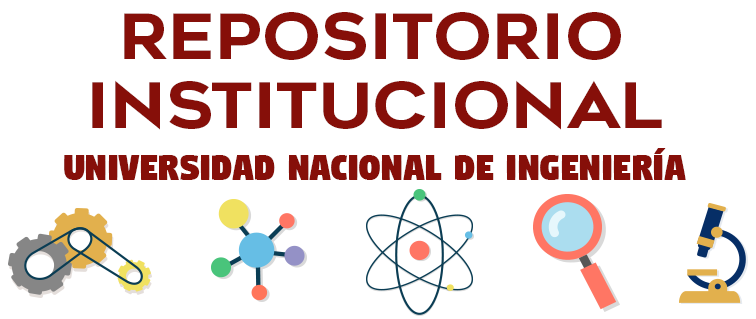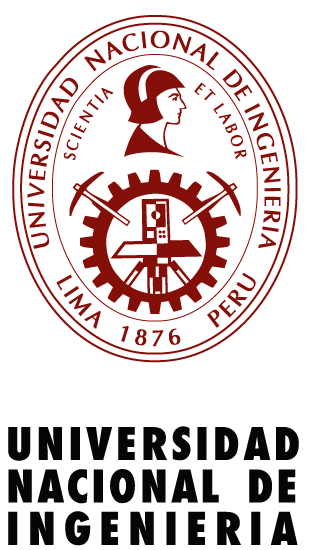Please use this identifier to cite or link to this item:
http://hdl.handle.net/20.500.14076/27775| Title: | Modelo paramétrico momento-curvatura de muros de concreto armado |
| Authors: | Azurín Rendich, Josué Edison |
| Advisors: | Torres Matos, Miguel Ángel |
| Keywords: | Concreto armado;Muros;Modelo paramétrico |
| Issue Date: | 2024 |
| Publisher: | Universidad Nacional de Ingeniería |
| Abstract: | En el presente trabajo se busca desarrollar un modelo paramétrico momento-curvatura de muros rectangulares de concreto armado. Para esto se necesita conocer el punto de fluencia y el punto de falla de los muros. Para definir el punto de fluencia se emplea el momento nominal según la metodología establecida por la norma ACI 318 y se utiliza una ecuación que permite hallar la rigidez efectiva de los muros. Esta ecuación de rigidez efectiva se consigue a partir de una base de datos simulada con resultados analíticos, lo cual se desarrolla y se explica con detalle en el capítulo 3 de esta tesis. Para definir el punto de falla se emplean las ecuaciones propuestas por Íñiguez (2015) para obtener la curvatura última y el momento máximo probable. Para efectos prácticos se realiza un ejemplo numérico con los pasos a seguir para generar el modelo paramétrico momento-curvatura de un muro rectangular de concreto armado.
Finalmente se demuestra que el modelo paramétrico momento-curvatura descrito puede adaptarse a un modelo histerético, lo cual extiende su empleo a estudios no lineales de mayor profundidad. The present work seeks to develop a parametric moment-curvature model of rectangular reinforced concrete walls. For this, it is necessary to know the yield point and the failure point of the walls. To define the yield point, the nominal moment is used according to the methodology established by the ACI 318 standard and an equation is used to find the effective stiffness of the walls. This effective stiffness equation is obtained from a simulated database with analytical results, which is developed and explained in detail in chapter 3 of this thesis. To define the failure point, the equations proposed by Íñiguez (2015) are used to obtain the ultimate curvature and the maximum probable moment. For practical purposes, a numerical example is made with the steps to follow to generate the parametric moment-curvature model of a rectangular reinforced concrete wall. Finally, it is demonstrated that the parametric moment-curvature model described can be adapted to a hysteretic model, which extends its use to more in-depth nonlinear studies. |
| URI: | http://hdl.handle.net/20.500.14076/27775 |
| Rights: | info:eu-repo/semantics/openAccess |
| Appears in Collections: | Maestría |
Files in This Item:
| File | Description | Size | Format | |
|---|---|---|---|---|
| azurin_rj.pdf | 3,05 MB | Adobe PDF | View/Open | |
| informe_de_similitud.pdf | 1,35 MB | Adobe PDF | View/Open | |
| azurin_rj(acta).pdf | 886,06 kB | Adobe PDF | View/Open | |
| carta_de_autorización.pdf | 1,47 MB | Adobe PDF | View/Open |
This item is licensed under a Creative Commons License

Indexado por:



